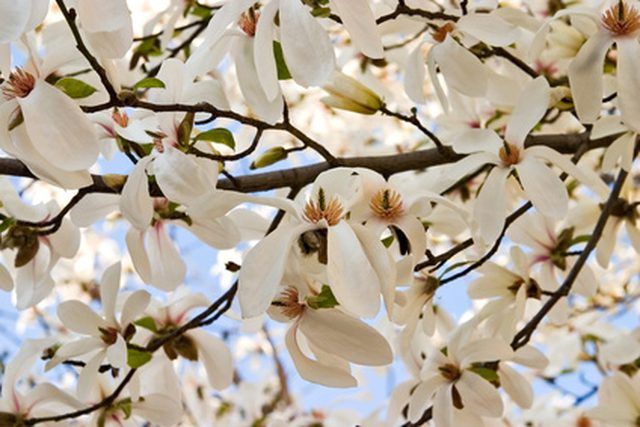Bulbs
Flower Basics
Flower Beds & Specialty Gardens
Flower Garden
Garden Furniture
Garden Gnomes
Garden Seeds
Garden Sheds
Garden Statues
Garden Tools & Supplies
Gardening Basics
Green & Organic
Groundcovers & Vines
Growing Annuals
Growing Basil
Growing Beans
Growing Berries
Growing Blueberries
Growing Cactus
Growing Corn
Growing Cotton
Growing Edibles
Growing Flowers
Growing Garlic
Growing Grapes
Growing Grass
Growing Herbs
Growing Jasmine
Growing Mint
Growing Mushrooms
Orchids
Growing Peanuts
Growing Perennials
Growing Plants
Growing Rosemary
Growing Roses
Growing Strawberries
Growing Sunflowers
Growing Thyme
Growing Tomatoes
Growing Tulips
Growing Vegetables
Herb Basics
Herb Garden
Indoor Growing
Landscaping Basics
Landscaping Patios
Landscaping Plants
Landscaping Shrubs
Landscaping Trees
Landscaping Walks & Pathways
Lawn Basics
Lawn Maintenance
Lawn Mowers
Lawn Ornaments
Lawn Planting
Lawn Tools
Outdoor Growing
Overall Landscape Planning
Pests, Weeds & Problems
Plant Basics
Rock Garden
Rose Garden
Shrubs
Soil
Specialty Gardens
Trees
Vegetable Garden
Yard Maintenance
How to Identify a White Flowering Tree
How to Identify a White Flowering Tree. Many white flowering trees bloom before leaves occur on the branches, making the tree look pure white. It appears vibrant along roadsides and landscapes, especially when they stand next to other trees that have pink or red flowers. White flowering trees are common and are included in a long list of trees such...

Many white flowering trees bloom before leaves occur on the branches, making the tree look pure white. It appears vibrant along roadsides and landscapes, especially when they stand next to other trees that have pink or red flowers. White flowering trees are common and are included in a long list of trees such as white dogwood, Adirondack crabapple and sweetbay magnolia.
Examine the leaves of the tree. White flowering trees such as sweetbay magnolia has oval or oblong shaped leaves. The leaves are dark green, leathery, shiny and smooth with small white fuzzy hairs on the bottom. Leaves on American mountain ash trees grow up to 10 inches long and are dark green, turning red by fall. Black locust tree leaves grow up to 2 inches long and 1/2 inch wide. They are dark green on the top and light green on the bottom.
Analyze the bark on the tree. White flowering trees such as American holly and American mountain ash have light gray bark with a smooth texture. Sweetbay magnolia and Adirondack crabapple have grayish brown bark--also with a smooth texture. Amur chokecherry trees have golden brown to a dark red bark. Black cherry trees have thickly ridged dark gray to black bark.
Look at the fruit on the tree. American holly trees have red berry fruits that are about 1/3 inch in diameter. White dogwood trees have fruit that are bright red or yellow when ripe and grow up to 1 inch in diameter. Amur chokecherry has black colored fruit, while serviceberry trees have round blue colored fruit.
Examine the flowers on the tree. White dogwood trees have four-petaled white flowers that are star shaped. Most of the flowers of white flowering trees bloom around April or early May. The winter buds are usually dark red. Adirondack crabapple and wild plum have white flowers with a tint of red on the tips or center. Catalpa, black cherry, and black locust trees have small creamy white flowers